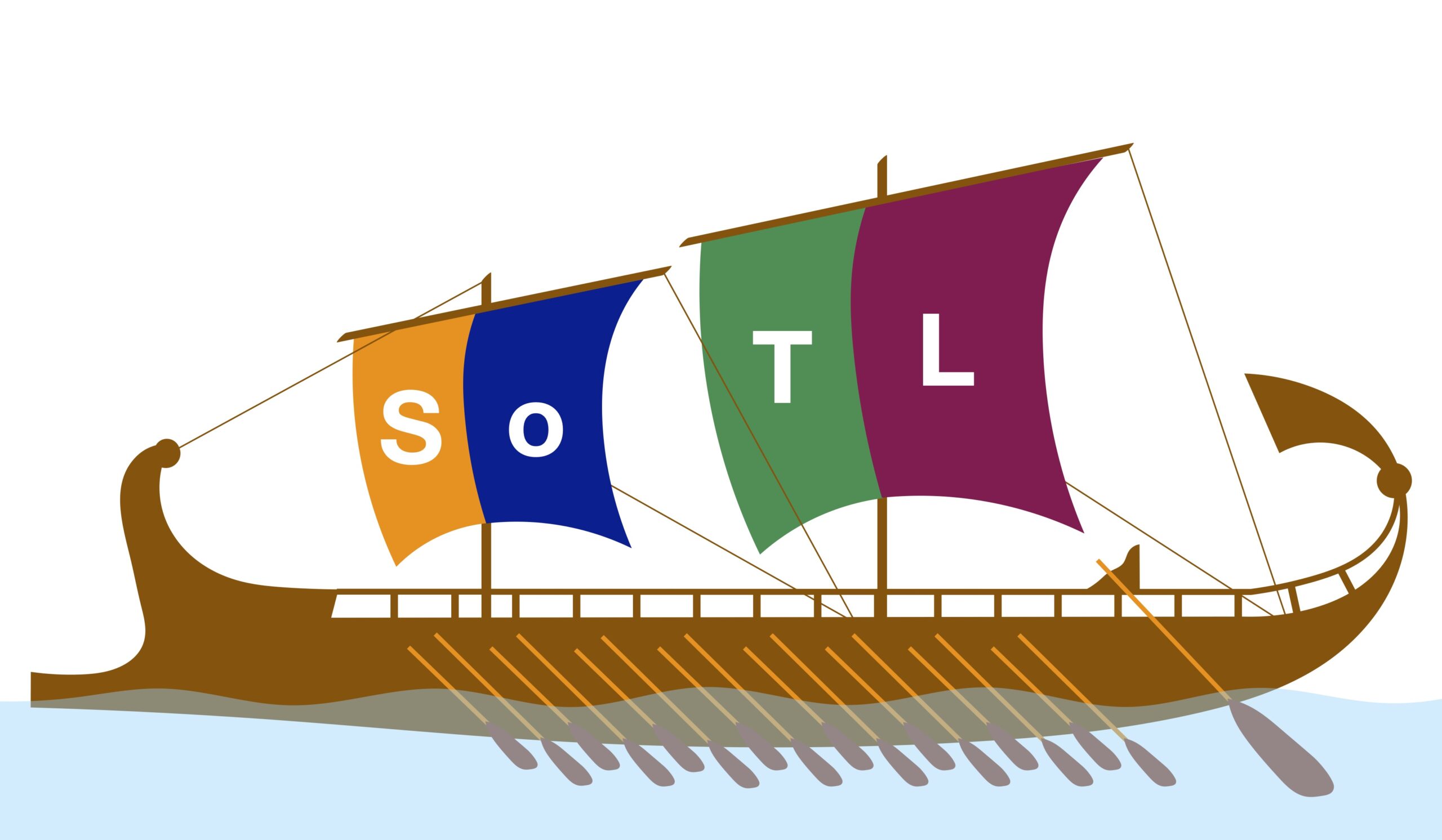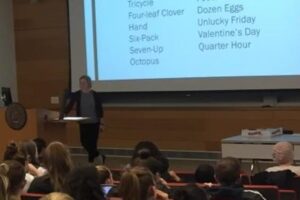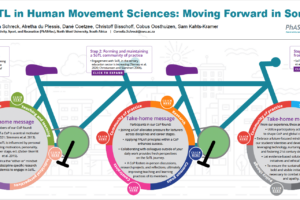
Navigating Between the Scylla and Charybdis: SoTL as its Own Kind of Inquiry
By Jennifer Löfgreen
Like most of us in SoTL, I came to the field with research training from a discipline. My
discipline was chemistry. I was trained to produce new knowledge using controlled systems in
which I could design and run experiments, measure physical properties, analyze numerical data,
and make claims about causal relationships. In my early SoTL efforts, I projected this training
onto SoTL, usually with disappointing results. It took a lot of hard work and failure to learn that
preferentially following familiar patterns of inquiry was a bad choice. I needed to learn to think
like something more than just a chemist.
This is the reality of stepping out of our disciplinary research context and into SoTL: we are
conducting inquiry in a new domain for a different purpose, and therefore the approaches we use
should be different. To be sure, individual methods may be suitable (like tools that work for
various tasks), but the ontological and epistemological foundations for the methodological design
are distinct. We need to find better ways around the biases and preferences we hold because of
our disciplinary training and recognize the gaps our SoTL work may have if we fail to account
for them.
In this article, I’ve tried to articulate one of the problems with letting tacit assumptions from the
disciplines pervade SoTL. Then I use philosophy of science to propose a different starting point
for SoTL. My aim is to start building an independent foundation for SoTL as its own form of
inquiry, where we deliberately use disciplinary perspectives in productive ways without allowing
them to inappropriately steer or constrain how we understand and do SoTL. In short, I hope to
emancipate SoTL from the disciplines. I don’t want to do away with disciplinary perspectives; I
just want them in the right place.
Read the TLI article here.




